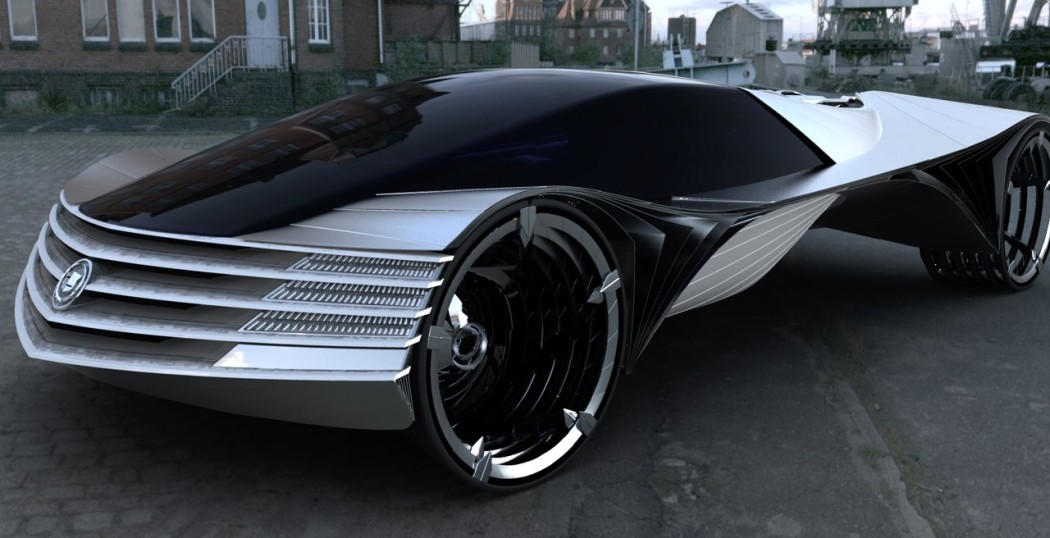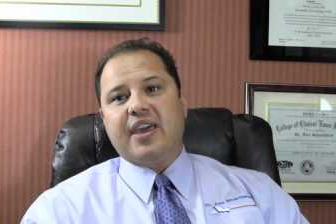Back in 2013, Mashable wrote a story about Thorium and it’s potential to power automobiles. There were those, including the US government, who believed that it was a power source we could invest in. The thought was if cars were powered by thorium, they would never need to be refueled; the vehicle would burn out long before the chemical did.
So, a company called Laser Power Systems created a concept for a thorium-powered car engine.
From the Collectively Conscious article:
“The element is radioactive, and the team uses bits of it to build a laserbeam that heats water, produces steam, and powers an energy-producing turbine. Thorium is one of the most dense materials on the planet. A small sample of it packs 20 million times more energy than a similarly-sized sample of coal, making it an ideal energy source.”
But, two things happened: the company quickly realized that the automobile industry was too focused on making money off of gas engines to purchase them AND it would take at least a couple of decades for thorium technology to be used enough in other industries for vehicle manufacturers to consider revamping the way they thought about engines.
Therefore, they set out to harness this power for the rest of the world. In fact, the CEO of Laser Power Systems, Dr. Charles Stevens, believes a thorium turbine- about the size of an air conditioning unit- could more provide cheap power for whole restaurants, hotels, office buildings, even small towns in areas of the world without electricity. It could even power individual homes.
And while thorium is radioactive, Stevens doesn’t believe we should be worried, “The radiation that we develop off of one of these things can be shielded by a single sheet off of aluminum foil. You will get more radiation from one of those dental X-rays than this.”
But, not much has even come of that. Why? Well, it seems that as companies and the US government (for around 50 years and billions of dollars) attempted to make thorium fuel work, they just created a bigger problem for themselves. For the government to use thorium fuels they will need to spend billions more, at numerous federal nuclear sites, to deal with the wastes produced by those efforts. And dealing with the waste is important because what’s left behind is uranium 233, a fissile material that can be fashioned into a bomb.
From The Bulletin article:
“The energy potential of the element thorium was discovered in 1940 at the University of California at Berkeley, during the very early days of the US nuclear weapons program. Although thorium atoms do not split, researchers found that they will absorb neutrons when irradiated. After that a small fraction of the thorium then transmutes into a fissionable material—uranium 233—that does undergo fission and can therefore be used in a reactor or bomb.
By the early 1960’s, the US Atomic Energy Commission (AEC) had established a major thorium fuel research and development program, spurring utilities to build thorium-fueled reactors. Back then, the AEC was projecting that some 1,000 nuclear power reactors would dot the American landscape by the end of the 20th century, with a similar nuclear capacity abroad. As a result, the official reasoning held, world uranium supplies would be rapidly exhausted, and reactors that ran on the more-plentiful thorium would be needed.”
So, by the late 1980’s, after several failed attempts to use it commercially, the US nuclear power industry walked away from thorium, with the last serious attempt to use it in a commercial reactor at the Fort St. Vrain plant in Colorado. In 1989, after 10 years and hundreds of equipment failures, leaks, and fuel failures, the plant closed.
I doubt that Laser Power Systems will ever give up their dream of making thorium work but it doesn’t seem likely or promising. Should that change, we will let you know.
Source: Collectively Conscious and The Bulletin












